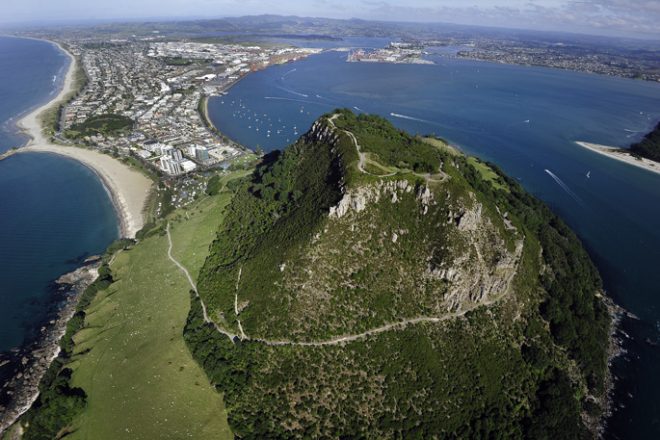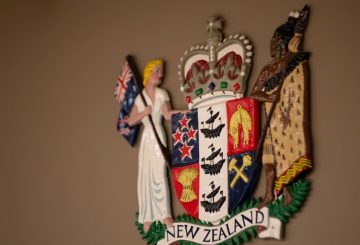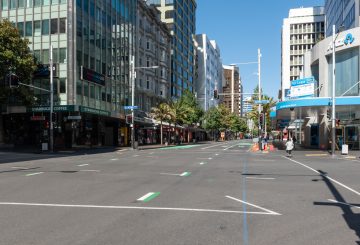위원회는 독립 패널의 현재 3층 제한을 유지하라는 권고에도 불구하고 마운트 마웅가누이 시내에 6층 건물 건설을 허용하기로 결정했습니다.이 결정은 마운트 마웅가누이 북부의 건물 높이를 높이는 것을 목표로 하는 타우랑가 시의회의 계획 변경 33의 일부이다.이 계획은 쇼핑 지역에서 400m 이내에 있는 6층짜리 건물과 400~800m 상점들 사이에 있는 4층짜리 건물을 제안하고 있습니다.
독립 패널의 현재 건물 높이를 유지하라는 권고는 교통 혼잡, 대기 오염, 인프라 부족, 지역 고유의 특성에 미치는 영향에 대한 우려를 바탕으로 작성되었습니다.그러나 위원회는 도심의 높이 제한 철폐에 관한 또 다른 권고와 함께 이 권고를 거부했습니다.이러한 거부된 권고는 이제 최종 결정을 위해 주택부 장관에게 보내질 것입니다.
위원회는 마운트마웅가누이 북부의 건물 높이가 높아지면 더 많은 개발 기회가 창출되고 주택 구입성이 향상될 것이라고 주장합니다.또한 시의회가 수요를 충족하기 위해 주택 및 상업 활동에 사용할 수 있어야 하는 토지의 양인 개발 능력 요건을 충족하는 데도 도움이 될 것입니다.
그러나 현지 개발업자인 피터 쿠니 (Peter Cooney) 는 토지와 건설 비용이 비싸기 때문에 아파트를 지을 경우 저렴한 주택을 만들 수 없다며 이에 동의하지 않습니다.또한 위원회는 해안가의 매력을 유지하고 건물에 그늘이 생기는 것을 방지하기 위해 도심 한 블록의 높이 제한을 16m로 유지하고자 합니다.
계획 변경 33은 도시 지역의 주택 밀집도 강화를 허용하는 정부의 중밀도 주거 기준 (MDRS) 에 대한 대응책입니다.계획 변경은 정부의 국가 도시 개발 정책 선언문과도 일치합니다.즉, 타우랑가의 다른 교외 지역에 있는 상업 중심지 주변에는 가능한 한 높은 높이와 밀도를 허용해야 합니다.






























































